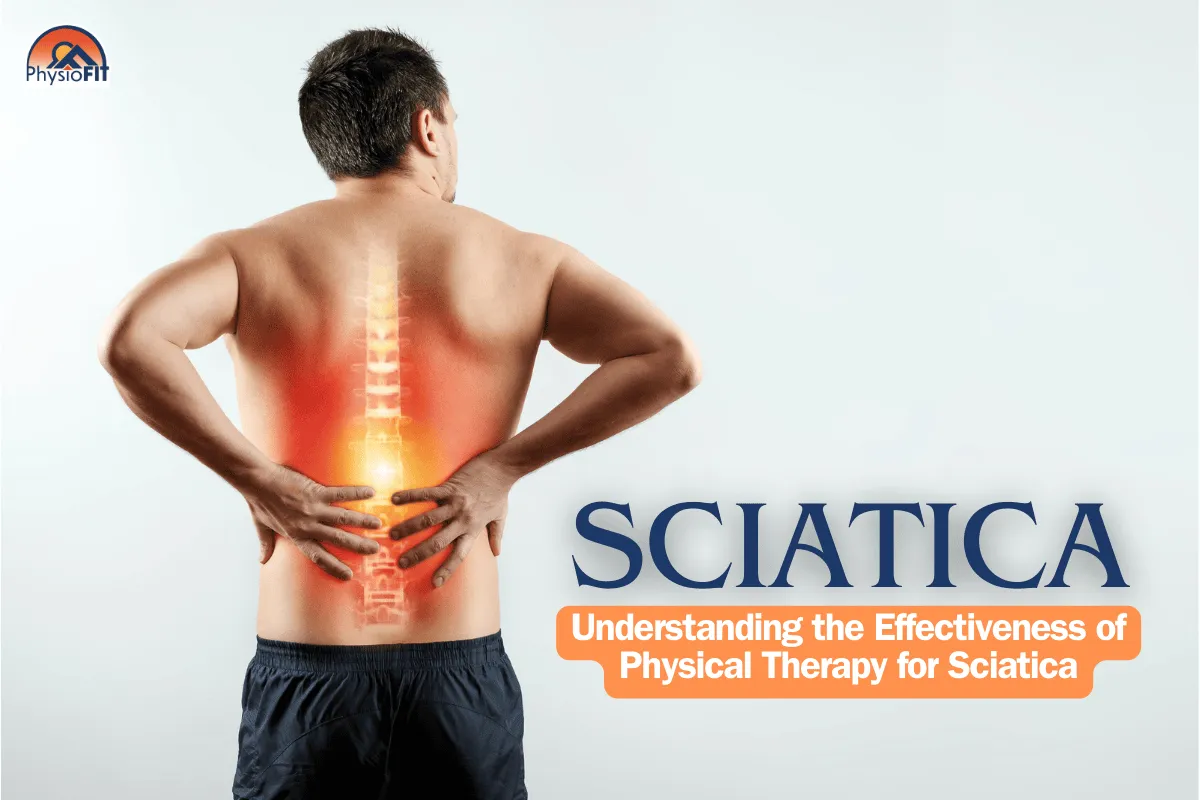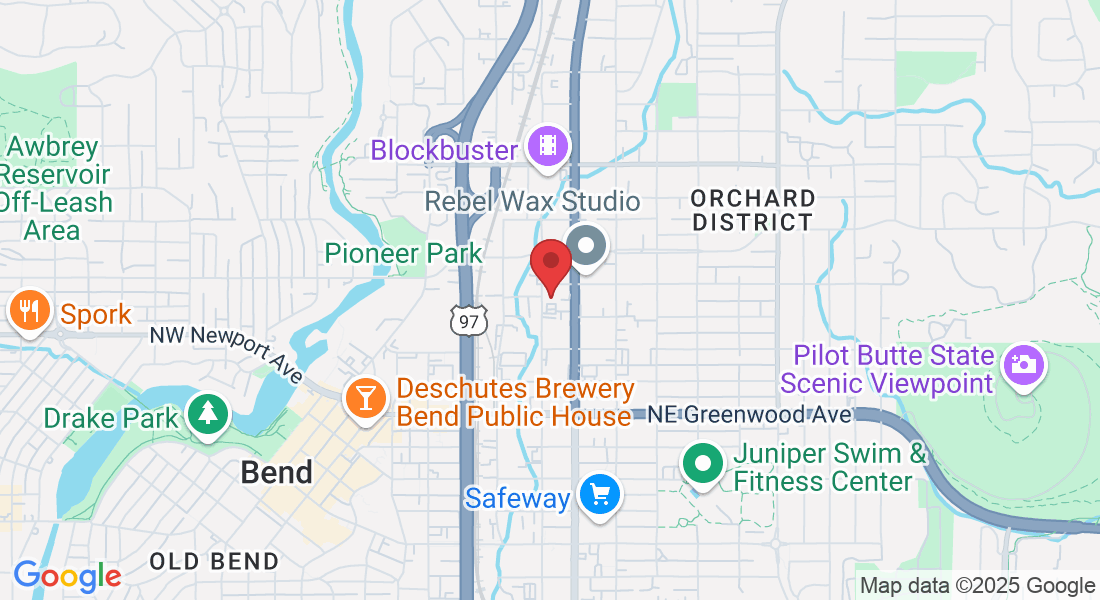TMJ Relief
Unlock Relief From TMJ Pain
If you're struggling with discomfort and dysfunction in your jaw, you've come to the right place. Temporomandibular joint (TMJ) disorders, or TMD, as they are also known, can severely impact the quality of your life, leading to significant jaw pain, headaches, and hindrances in performing simple tasks like opening and closing your mouth. By diving deeper into understanding the complexities of TMJ disorders, we're equipped to provide innovative and tailored physical therapy solutions for effective TMJ pain relief.
Experience TMJ Relief like Never Before with PhysioFit: We take a deeply personalized approach to your health, comprehending that every TMJ pain sufferer requires a unique treatment plan. Leveraging the power of evidence-based, fitness-driven physical therapy in bend, we strive to offer more than temporary relief. We aspire to improve your overall well-being, stave off persistent pain and accelorate your recovery process, allowing you to effortlessly resume your normal life.
What You Should Know
Healthcare providers classify TMDs into three categories:
Disorders of Your Jaw Joints: These involve complications in the jaw joints themselves, often manifesting as clicking, popping, or grating sounds during jaw movement.
Disorders of Your Chewing Muscles: This category includes issues related to the muscles responsible for chewing, where patients may experience persistent or intermittent muscle pain.
Headaches That Result From TMD: A significant fraction of TMD sufferers may experience headaches or migraines as a consequence of jaw joint or muscle dysfunction, significantly affecting their quality of life.
A proper diagnosis of a TMJ or TMD problem involves a thorough evaluation from a professional.

Some of The Most Common Causes of TMJ Pain
The onset of TMD isn't attributed to one solitary cause. Instead, it tends to emerge from a diverse array of factors, often in combination.
Jaw injury: Injuries such as a broken or dislocated jaw can directly affect the temporomandibular joint, leading to TMJ disorders. Such physical trauma can disrupt the alignment and smooth functioning of the jaw joint, inducing pain and discomfort.
Teeth Grinding or Clenching (bruxism): Frequent teeth grinding or clenching, often a subconscious habit during sleep or periods of stress, can exert excessive pressure on the TMJ, contributing to its dysfunction. Over time, this can lead to wear and tear, causing persistent pain and other TMJ-related symptoms.
Arthritis in Your Jaw Joint: Arthritis, an inflammatory condition, can affect any joint in your body, including the TMJ. The inflammation and degeneration associated with arthritis can cause joint pain and stiffness, impairing normal jaw movement.
Malocclusion: Malocclusion refers to the misalignment of teeth when the jaws are closed, which can put additional strain on the TMJ. This imbalance can force the jaw joint to work harder to achieve efficient biting and chewing, increasing the risk of TMJ disorders.
Stress: High levels of stress can lead to physical manifestations such as increased muscle tension or clenching of teeth, both of which can place undue strain on the TMJ. Chronic stress can exacerbate these physical responses, thereby contributing to TMJ pain and dysfunction over time.
If any of this information resonates with your current situation, we urge you to schedule an appointment with us immediately. Don't let hip pain diminish your life quality - allow us to help you embark on the path to relief today.
Can I Prevent TMD or TMJ Pain?
While it's true that certain risk factors contributing to TMJ dysfunction are beyond our control, there are still practical steps you can take to minimize the likelihood of developing this condition:
Make Use of a Mouth Guard During Sleep: Nighttime teeth clenching or grinding, known as bruxism, can significantly contribute to TMJ dysfunction. By wearing a mouth guard as you sleep, you can effectively mitigate this risk, protecting your jaw joints from undue pressure.
Ensure You're Protected in High-Risk Situations: When participating in contact sports, your facial area is more susceptible to injuries. Utilizing a mouth guard during such activities can offer invaluable protection for your jaw, reducing the risk of TMD.
Prioritize Maintaining Good Posture: The alignment of your neck and head plays a vital role in the functioning of your jaw. By ensuring good posture, you can maintain optimal alignment, thereby reducing strain on your TMJ.
Embrace Stress Reduction Practices: Stress can lead to unconscious habits such as jaw clenching, which can exacerbate or lead to TMD. Techniques such as meditation or mindfulness exercises can help manage your stress levels, offering indirect yet essential protection against TMJ dysfunction.

Common Symptoms of TMJ Pain
Jaw Tightening or Stiffness
Jaw Pain
Jaw Clicking or Popping
Trouble Closing or Opening Your Mouth.
Headaches or Migraines
Earaches or Toothaches
Ringing in Your Ears (tinnitus)
Teeth Fitting Together Differently (malocclusion)
Remember, if you resonate with any of the symptoms or conditions mentioned, we highly recommend making an appointment with us for a thorough evaluation and personalized treatment plan.
Please Note: The information provided on our website is intended for general education and is not a substitute for professional medical advice. Each individual's situation and body is different. Therefore, what may work for one person may not work for another. We care about your well-being and advise you to reach out to us to discuss your specific needs before implementing any advice from our website.
Your Source for All Things Physical Therapy in Bend Oregon
The PhysioBlog

Can Physical Therapy Help Sciatica: Understanding the Effectiveness of Physical Therapy for Sciatica
Please Note: The information provided on our website is intended for general education and is not a substitute for professional medical advice. Each individual's situation and body are different. Therefore, what may work for one person may not work for another. We care about your well-being and advise you to reach out to us to discuss your specific needs before implementing any advice from our website. If you’d like to explore this more or would like to schedule a time with a physical therapist in Bend Oregon, contact us at PhysioFITBend.com
Introduction
Imagine a pain that starts in your lower back and shoots down to your legs, making everyday activities a challenge. This is most often times, sciatica, a common yet often misunderstood condition. But there's hope. Physical therapy has emerged as a beacon of relief for those suffering from this debilitating ailment. In this comprehensive article, we'll explore the symptoms and impact of sciatica, delve into the efficacy of physical therapy, examine the types of therapy available, and discuss their success rates.
What is Sciatica and How Does it Affect You?
Sciatica is not your typical backache. It's a condition characterized by pain that originates in the lower back or buttock and travels down one or both legs. This pain is caused by irritation or compression of the sciatic nerve, the longest nerve in the body. Sciatica's pain is often described as sharp, burning, or even akin to an electric shock. It can vary in intensity and may be aggravated by sitting, standing for long periods, or certain movements.
Besides pain, sciatica can cause numbness, tingling, or muscle weakness in the affected leg or foot. Sometimes, these sensations can be as debilitating as the pain itself, making it difficult to walk or even stand.
The root causes of sciatica are diverse. A herniated or slipped disc, where the soft cushion of tissue between the bones in your spine pushes out, is a common cause. Spinal stenosis, the narrowing of spaces within your spine, can also put pressure on the nerves. Piriformis syndrome, where the piriformis muscle irritates the sciatic nerve, is another cause. Other factors like pregnancy, obesity, and prolonged sitting can increase the risk or exacerbate the symptoms of sciatica.
Neglecting sciatica can lead to worsening symptoms, chronic pain, and even permanent nerve damage. It's essential to seek timely treatment to prevent the progression of the condition and to maintain a good quality of life.
Physical Therapy for Sciatica: An Overview
Physical therapy stands as a beacon of hope for those suffering from sciatica. This non-invasive, medication-free approach is centered around relieving the symptoms of sciatica and addressing its root causes. Physical therapists use a variety of techniques tailored to each individual's condition.
Exercises aimed at strengthening the back and abdominal muscles play a crucial role in stabilizing the spine and alleviating pressure on the sciatic nerve. Flexibility exercises and stretches help improve the range of motion and reduce stiffness, further easing sciatic pain.
Nerve glides or neural mobilization exercises are particularly effective for sciatica. These exercises gently stretch and glide the sciatic nerve, helping to reduce nerve entrapment and improve nerve function.
Manual therapy, including massage and joint mobilization, can be instrumental in reducing nerve impingement by realigning the spine and relieving pressure on the sciatic nerve.
Efficacy of Physical Therapy: Is it Worth it for Sciatica?
When compared with other treatments like medication, injections, or surgery, physical therapy offers a unique advantage. It not only provides immediate pain relief but also works on the underlying causes of sciatica. Our approach here at PhysioFIT helps in reducing the recurrence of the condition and promotes long-term health of the spine and nervous system.
How Long Does Physical Therapy Take to Help Sciatica?
The journey to relief from sciatica through physical therapy can vary from person to person. Factors such as the severity of the condition, the specific cause of sciatica, and individual healing rates influence the recovery time. Generally, patients begin to experience relief within a few weeks of consistent physical therapy. However, achieving full recovery may take a longer period, depending on the individual's response to therapy and adherence to the prescribed exercise regimen. It’s important to find the proper physical therapist that can help with this. So be sure to contact us at our Bend location to make an appointment today!
What Therapy is Best for Sciatica?
Selecting the appropriate physical therapy technique is crucial and depends largely on the individual's specific condition and symptoms. For some, strengthening exercises may provide the most benefit, while others might find more relief through nerve glides or manual therapies. This decision is typically made following a comprehensive assessment by a skilled physical therapist.
The Success Rate of Physical Therapy for Sciatica
The success of physical therapy in treating sciatica is well-documented. Numerous studies and patient reports indicate substantial improvement in pain and functionality. Many patients are able to return to their daily activities without the debilitating pain that sciatica can cause.
Incorporating Physical Therapy into Your Sciatica Treatment Plan
Incorporating physical therapy into a treatment plan for sciatica begins with an assessment by a physical therapist. This assessment helps in creating a personalized treatment plan, which may include exercises, manual therapy, and education on posture and ergonomics. Regular sessions and at-home exercises are key components of this plan, and adjustments are made as needed to ensure continued progress and relief.
Conclusion
Physical therapy in Bend Oregon emerges as a highly effective, safe, and non-invasive treatment option for sciatica. By addressing both the symptoms and the root causes of the condition, physical therapy not only alleviates pain but also contributes to long-term spinal health. For those suffering from sciatica, physical therapy presents a viable path to recovery and a return to a pain-free life. So be sure to reach out today to make an appointment with us here at PhysioFIT.
FAQ Section
How often should I attend physical therapy sessions for sciatica?
The frequency depends on the severity of the condition. Typically, 2-3 times per week is recommended.
Can I do physical therapy exercises at home for sciatica?
Yes, home exercises are an important part of the treatment plan, but get guidance from your physical therapist first.
What lifestyle changes can support physical therapy for sciatica?
Maintaining a healthy weight, regular exercise, and proper ergonomics at work can help.
Are there any side effects of physical therapy for sciatica?
Physical therapy is generally safe with minimal side effects, but some discomfort may be experienced initially.
How do I know if physical therapy is working for my sciatica?
Reduction in pain and improvement in mobility are good indicators of progress.
Please Note: It's important to note that any exercises or techniques that are shared should be performed under the guidance of a qualified physical therapy expert to ensure correct technique and to prevent injuries. A physical therapist can provide a customized exercise program based on the individual's fitness level, goals, and any existing injuries or conditions. If you’d like to explore this more or would like to schedule a time with a physical therapist in Bend Oregon, contact us at PhysioFITBend.com
Copyright PhysioFIT 2025 . All rights reserved


